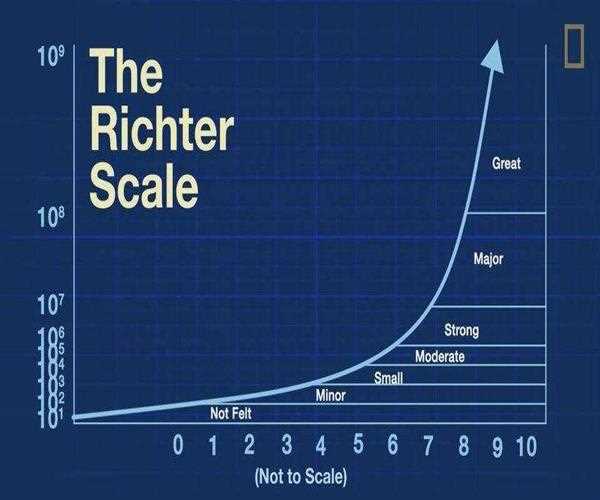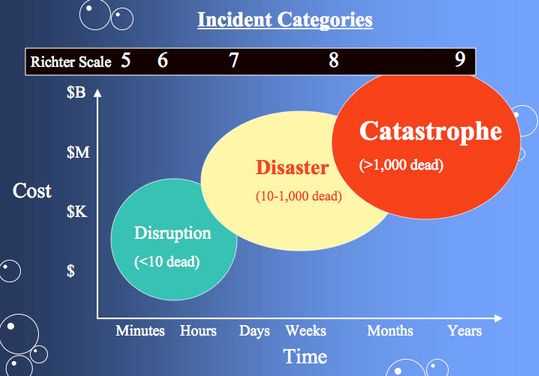An earthquake is a violent shaking of the ground that is caused by sudden motion in the tectonic plates. Usually, an earthquake above a 4 point Richter scale starts becoming dangerous, becoming more fatal as this magnitude ascends on Richter scale. Earthquakes occur as a result of forces deep within the Earth’s interior that tend to continuously affect the surface of the Earth. The energy created from these forces is stored in a variety of ways within the rocks. When this energy is suddenly released, like by shearing movements of tectonic plates along the faults in the crust of the Earth, it results into the occurrence of an earth quake. The area of the fault where the sudden rupture takes place is called the focus or hypocenter of the earthquake. The point on the Earth's surface directly above the focus is called the epicenter of the earthquake.

The severity of an earthquake can be expressed in terms of both intensity and magnitude. However, the two terms are quite different, and they are often confused. Intensity is based on the observable effects that the shaking ground has on the people, buildings, and landscape features. There is a variation of intensity from place to place within the disturbed region, depending upon the location of the observing subject with respect to the epicenter of the earthquake. On the other hand, magnitude is related to the amount of seismic energy that is released at the hypo-center of the earthquake. It is based on the amplitude of the earthquake waves that are recorded on instruments which have a common calibration.

The Richter scale was developed in 1935 by an American seismologist Charles Richter in an effort of quantifying the magnitude or strength of the earthquakes. Richter was studying the earthquakes in California at that time & needed a way to precisely express the qualitatively obvious, that some earthquakes are small and others are large.

